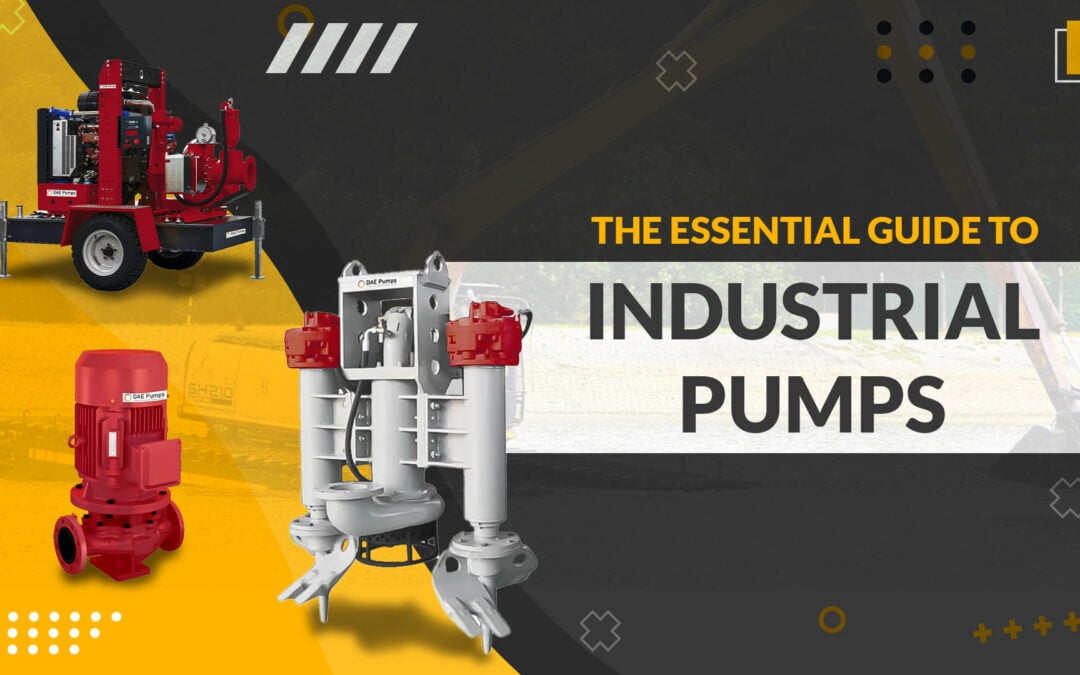What are Industrial Pumps?
An industrial pump is a critical mechanical device used for many applications in various sectors, crucial for transporting liquids, gases, and semi-solids and ensuring the smooth operation of many industrial processes. They are indispensable for enhancing efficiency, safety, and environmental compliance across diverse industries. As a couple of examples, manufacturing sectors use pumps to circulate coolants and lubricants essential for machinery operation, while mining relies on them for dewatering to prevent mine flooding and maintain operating safety. Additionally, water treatment facilities deploy pump systems to move and treat water, which is crucial for meeting regulatory standards and maintaining operational excellence.
Industrial Pumps: Definition and Basic Description
Industrial pumps are mechanical devices designed to move fluids (including liquids, gases, and slurries) by mechanical action or suction. They are typically used in various industrial applications and can vary significantly in size, design, and function depending on their intended use. Generally, these pumps create a vacuum or pressure difference, which forces the fluid flow from one place to another. There are various types of pumps, such as centrifugal, positive displacement, and submersible pumps, each suited to specific tasks and operational requirements.
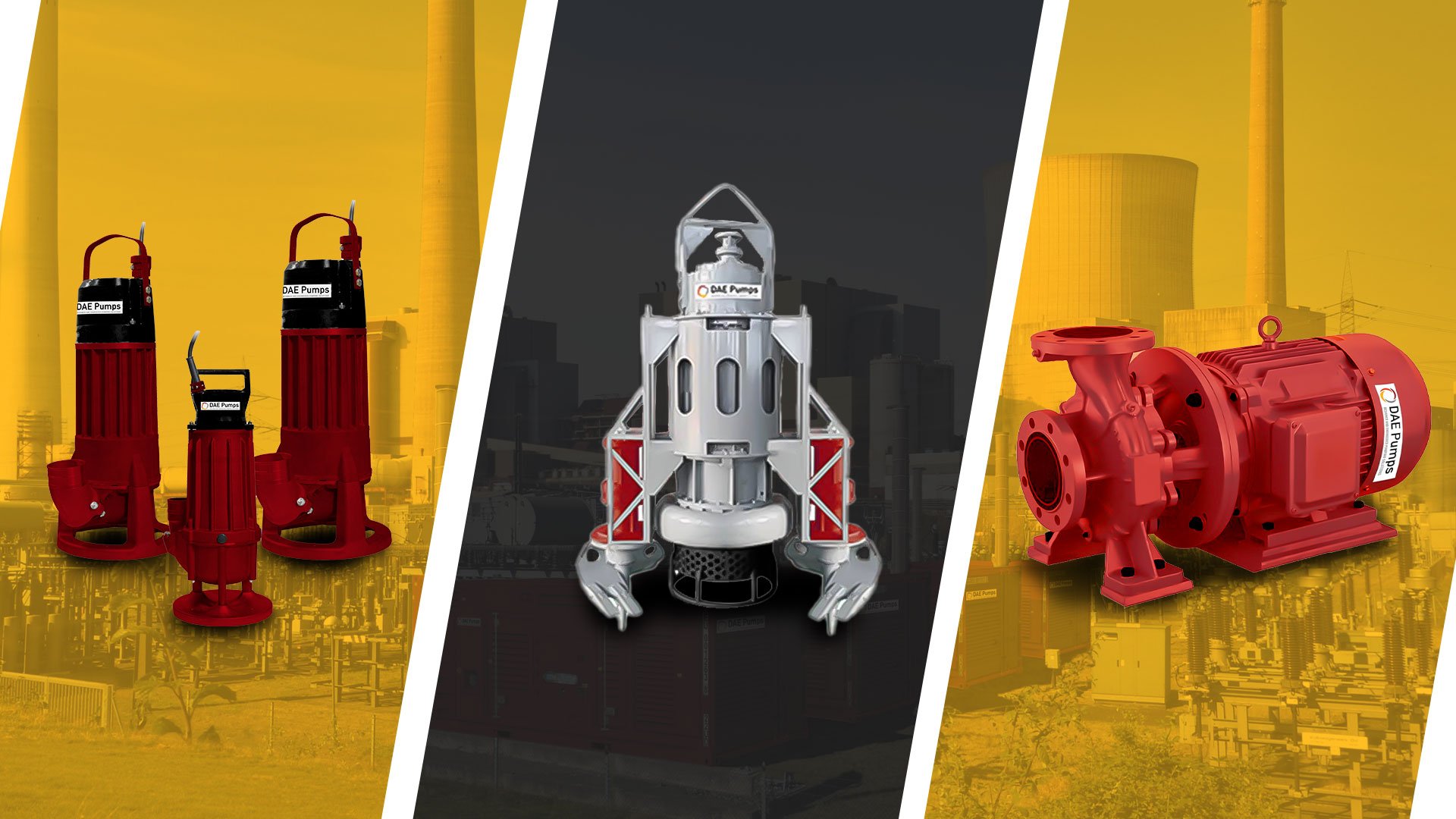
Types of Industrial Pumps
Centrifugal Pump
Centrifugal pumps are the most commonly used type of pump in various industries, renowned for their simplicity and effectiveness in moving fluids through a piping system. These pumps use the principle of centrifugal force to increase the velocity of a fluid through an enclosed impeller—a rotating disk with a set of vanes attached. As the enclosed impeller rotates, it imparts kinetic rotational energy to the fluid, converting it into pressure energy as it exits the pump through a diffuser or volute. This transformation allows the pump to move the fluid to different heights and low or high pressures, adapting to the needs of various applications.
The essential components of a centrifugal pump include:
- Impeller: The heart of the centrifugal pump is a rotating disk with vanes that accelerate the fluid radially outward.
- Casing: A sealed chamber surrounding the impeller that collects the pumped fluid and directs it to the system discharge port. It is typically spiral-shaped to convert velocity into pressure efficiently.
- Shaft: Connects the impeller to a motor that provides the mechanical energy needed for rotation.
- Bearings and Seals: Ensure the shaft operates smoothly and prevent leakage along the shaft.
Common Applications of Centrifugal Pumps
Centrifugal pumps are versatile and can be used in a variety of settings, which include:
- Water Supply: Most centrifugal pumps are extensively used in municipal water systems to pump water from reservoirs to treatment plants and storage tanks, facilitating the treatment and distribution of potable water.
- Industrial Processes: Many industries use these pumps for feeding boilers, cooling towers, and heat exchangers. They are also used in the petrochemical industry to transfer crude oil, refined products, and chemical solutions.
- Waste Management: A centrifugal pump moves wastewater through different treatment stages and discharges the treated water in wastewater treatment facilities.
- Agriculture: Centrifugal pumps are crucial for irrigation systems, helping to transport water from sources like wells and rivers to agricultural fields.
- Mining: Centrifugal pumps are used for dewatering applications, removing low-viscosity liquids from mine shafts, and ensuring that mining operations can proceed efficiently and safely.
Positive Displacement Pump
A Positive displacement pump operates on a different principle from a centrifugal pump. They deliver a fixed volume of fluid with each mechanical cycle, making them ideal for applications requiring precise volumetric flow rates regardless of the pressure conditions. These pumps trap a specific amount of fluid and then force (displace) that trapped volume into the discharge side.
A positive displacement pump can be classified into two types:
- Reciprocating Pumps: These are usually piston pumps, plunger pumps, or diaphragm pumps that move back and forth within a cylinder. As the piston or plunger moves backward, it creates a vacuum that opens an inlet valve and draws fluid into the cylinder. On the forward stroke, the inlet valve closes, the outlet valve opens, and the fluid is pushed out under high pressure. Piston pumps, diaphragm pumps, and plunger pumps are standard, whereas something like a gear pump is less popular.
- Rotary Positive Displacement Pumps: These utilize gears, screws, lobes, or vanes on a rotating element that moves fluid through the pump. As these elements turn, fluid is drawn into the spaces between the rotating parts and the pump casing and is enclosed in these spaces as they rotate and expel the fluid. Gear pump, vane pump, screw pump, and peristaltic pump are the common types. While vane pumps are the most commonly used, gear pumps are also used for various industrial applications.
Typical Applications of Positive Displacement Pumps
Positive displacement pumps, especially gear pumps and piston pumps, are essential in various sectors because they can handle viscous fluids and provide accurate metering of the total fluid pumped. In some cases, they may require pulsation dampeners for additional precision.
Common applications include:
- Chemical Processing: Positive displacement pumps are used for dosing and transferring chemicals in precise amounts, which is crucial for maintaining the correct chemical compositions in operating processes.
- Food and Beverage: Positive displacement pumps are capable of handling viscous products like oils, syrups, and creams, as well as sensitive products like dairy and brewed beverages, without damaging the product structure.
- Oil and Gas Industry: Positive displacement pumps are employed in the oil and gas industry to transfer crude oil from wells to storage tanks, inject chemicals at high pressures, and meter precise amounts of additives.
- Pharmaceuticals: The pharmaceutical industry requires the precise and hygienic transfer of active ingredients, solvents, and other fluids, and a positive displacement pump is well-suited for these tasks.
- Water Treatment: Positive displacement pumps are used in wastewater treatment for sludge handling, chemical dosing, and other tasks requiring accurate flow rates.
Submersible Pumps
Submersible pumps are designed to operate entirely submerged in their pumping liquids. They are sealed tightly to prevent liquids from entering the motor and causing damage. This design is one of their most distinct features, allowing the pump to handle various challenging pumping situations efficiently. These pumps typically use a centrifugal pumping mechanism, and the motor is coupled directly to the pump.
Unique Features:
- Waterproof Construction: The motor and pump are enclosed in a waterproof casing, which allows them to operate underwater without risk of electrical failures.
- Direct Pressure Delivery: Since submersible pumps are submerged, they push liquid to the surface rather than pulling it, reducing energy loss and preventing problems associated with suction, such as air entrainment.
- Compact and Efficient: Submersible pumps’ compact size and efficiency make them ideal for spaces where a mounted traditional external pump would be impractical.
- Low Maintenance: Because they are submerged, these pumps are less susceptible to issues like cavitation (the formation of bubbles or cavities in liquid), which can occur in pumps that pull liquid from a depth.
Common Applications of Submersible Pumps
The design and operational characteristics of submersible pumps make them suitable for a wide range of applications:
- Water Well Pumping: They are commonly used to draw water from deep wells.
- Irrigation Systems: Submersible pumps are used in agriculture to draw water from rivers, lakes, or reservoirs for irrigation purposes.
- Flood Water Drainage: In areas prone to flooding, submersible pumps are employed to drain water quickly and efficiently from flooded areas, basements, or storm drains.
- Sewage Treatment: These pumps move sewage from one location to another through treatment in sewage treatment plants.
- Industrial Pumping: In the industrial sector, submersible pumps handle liquid with suspended abrasive solids, such as wastewater or dirty water from construction and mining sites.
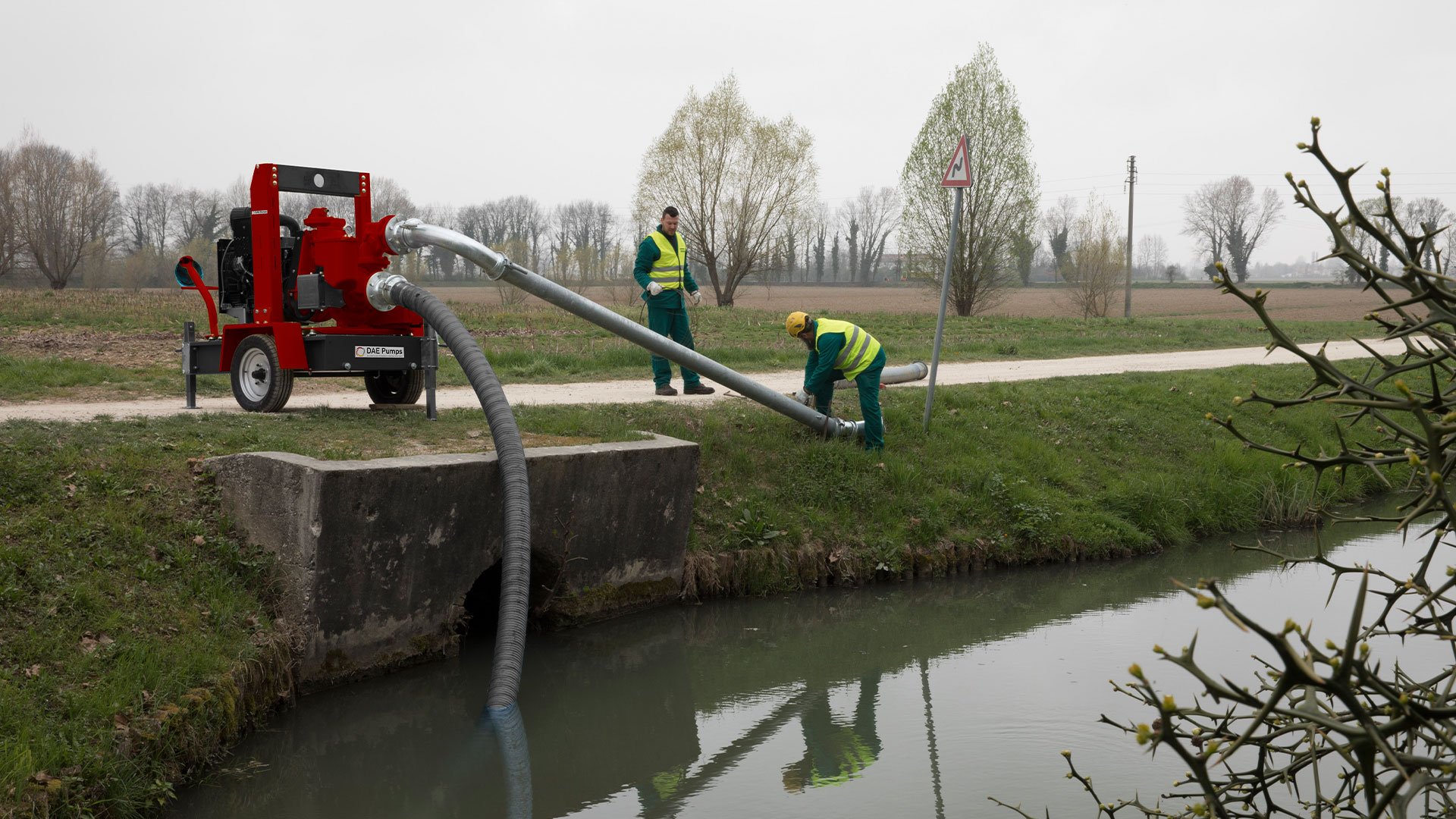
Key Features and Specifications
Flow Rate:
The flow rate, usually measured in gallons per minute (GPM) or liters per minute (LPM), is a crucial specification as it determines how much fluid the pump can move in a specific period. High flow rates are essential for applications like irrigation and flood control, where large volumes of water need to be moved quickly. Lower flow rates are essential in applications requiring precision, such as chemical dosing in pharmaceuticals.
Pressure Specifications:
Pressure, often measured in pounds per square inch (PSI) or bars, indicates the force at which a pump can move fluid through a system. High pressure pumps are necessary for oil and gas delivery systems, where fluids must be transported over long distances or elevated terrains. Low-pressure pumps suit applications like sewage transport or circulating water in heating and cooling systems.
Power Source:
Different sources can power pumps:
- Electric: Most commonly used for its efficiency and ease of connection.
- Hydraulic: Used in mobile applications like construction sites or mining where electric power is unavailable.
- Pneumatic: Preferred in environments where electricity poses a safety hazard, such as volatile chemical plants.
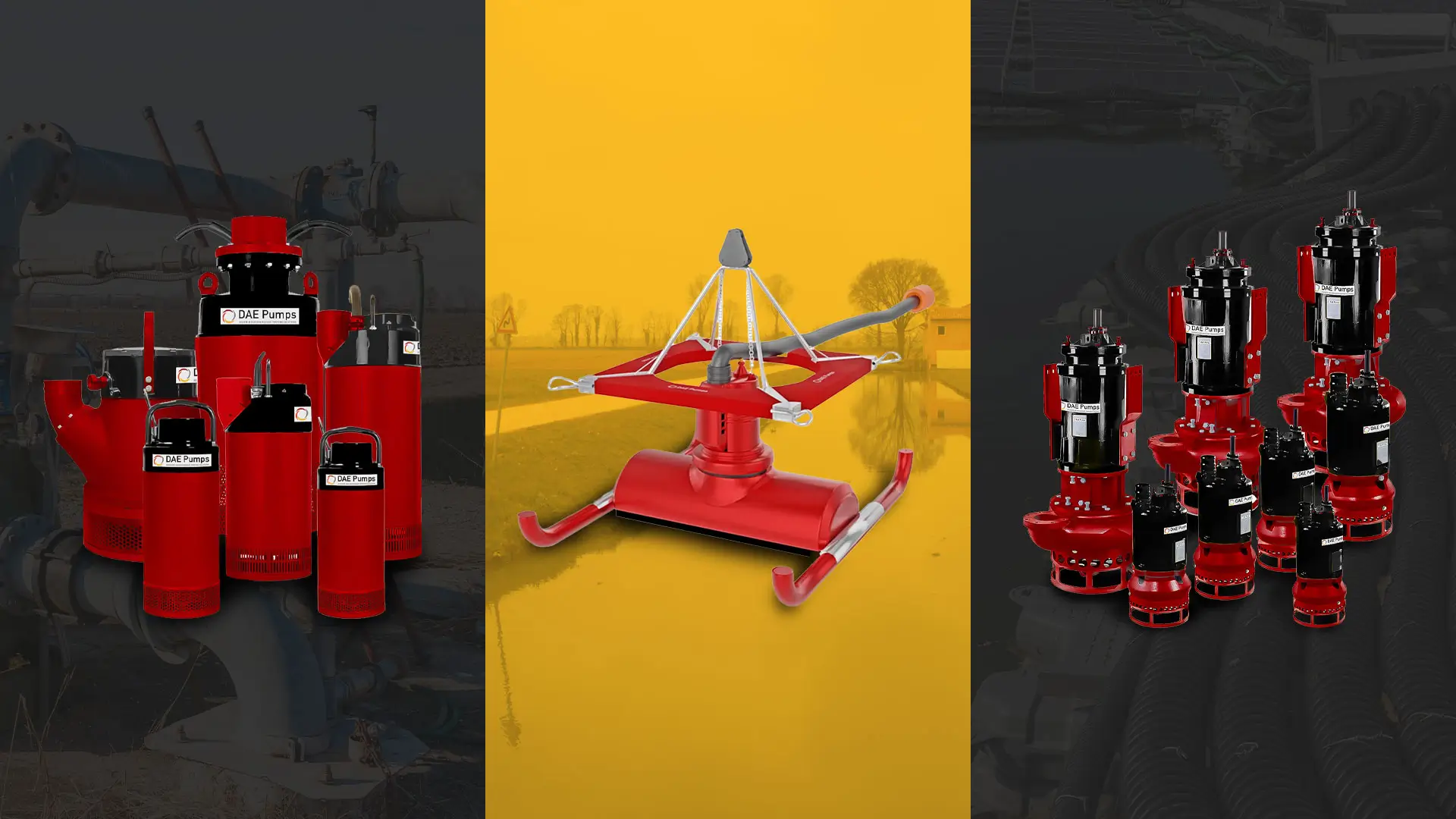
Selecting the Right Pump for Your Needs
Selecting the right pump for your industrial or commercial process involves carefully considering various factors to ensure efficiency, safety, and longevity. Here are some crucial factors to consider:
Media Type:
Understanding the liquid type (water, oil, chemical solutions, slurry, etc.) is fundamental for any efficient process. Different fluids may require different pump types; for instance, viscous fluids often require positive displacement pumps, while centrifugal pumps commonly handle water.
Viscosity:
Viscosity, or the thickness of the fluid, affects the pump choice significantly. High-viscosity fluids can hinder the performance of centrifugal pumps, making positive displacement pumps a better choice as they can handle thicker fluids more efficiently.
pH Level:
The acidity or alkalinity of the fluid can impact the material selection for the pump components. For example, corrosive fluids require pumps (and internal parts like impeller and diaphragm) be made from materials that resist chemical attack, such as stainless steel, plastic, or special alloys.
Temperature:
High temperatures can affect pump operation and durability. If the fluid’s temperature is high, it’s crucial to choose a pump designed to handle such conditions to avoid damage to the pump’s diaphragm, mechanical parts and seals. Specialized pumps with appropriate construction materials and cooling or heating mechanisms are necessary for extremely high or low temperatures.
Operational Environment:
Environmental factors such as explosive gases, submerged operations, or outdoor installations in extreme climates also influence the type of pump and its construction.
Flow Rate and Pressure Requirements:
Determine the required flow rate and discharge pressure based on the application’s demands. This will guide you toward selecting a pump with the appropriate specifications to handle the volume and pressure without overloading the system.
Power Source:
Consider what power sources are available in your facility and choose a pump that can operate within those constraints. Electric pumps are standard, but pneumatic or hydraulic pumps might be necessary in areas without reliable electricity.
Maintenance and Troubleshooting
Regular Maintenance Tasks:
- Inspection: Regularly check for signs of wear or damage, particularly to seals, bearings, and the impeller. Monitor for unusual vibrations or noises.
- Cleaning: Remove debris and buildup from the suction side of the pump and its components to prevent clogging, leakage and maintain efficiency.
- Lubrication: Ensure bearings, the impeller and other moving parts are properly lubricated to reduce friction and wear.
Common Issues and Troubleshooting:
Cavitation can result from either high vacuum conditions or elevated fluid temperatures, necessitating a review of suction conditions and potential temperature reduction for the pump. Address leakages promptly by examining and replacing worn seals and gaskets, typically the culprits. Additionally, guard against motor failure by inspecting electrical connections and verifying that the pump operates within its designated capacity to avoid overload.
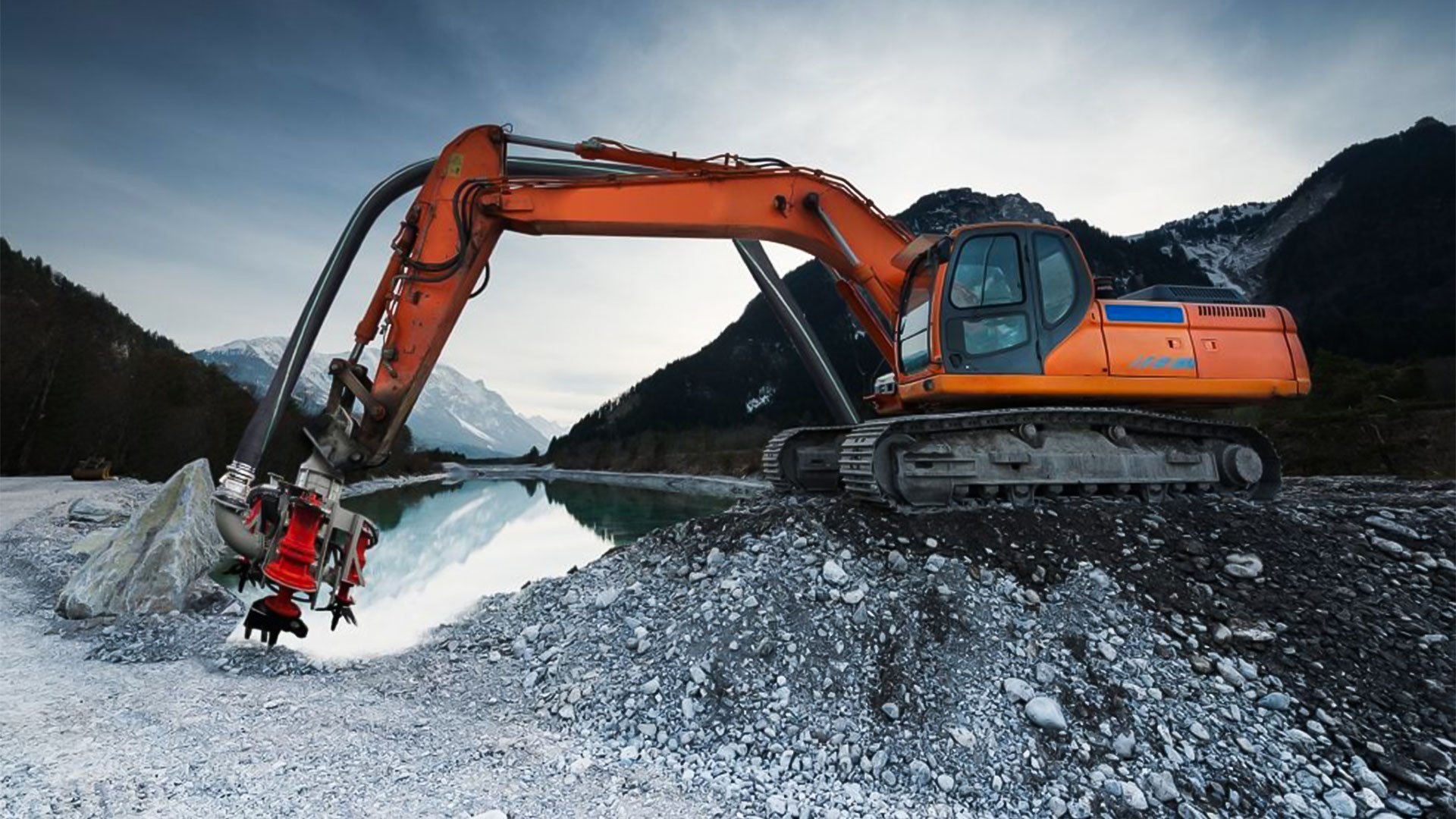
Innovations and Trends in Pump Technology
The pump industry is witnessing significant advancements and trends that are shaping its future, driven by the need for greater efficiency and integration with modern technology. These innovations enhance pump performance and pave the way for more intelligent, sustainable operations.
Advances in Pump Efficiency and Energy Consumption:
Recent developments in pump technology have primarily focused on enhancing efficiency and reducing energy consumption, which are critical factors in operational cost and environmental impact. Manufacturers are achieving these improvements through the design of more efficient impeller and volute casing geometries, as well as the incorporation of variable frequency drives (VFDs). VFDs allow pumps to operate at varying speeds, significantly reducing energy usage when total capacity is not required. Additionally, advancements in materials technology have led to the use of lighter, more durable materials that reduce wear and improve longevity, further enhancing the efficiency of pumps.
Smart Pumps and the Integration of IoT Technology:
Smart pumps represent a revolutionary shift in the pump industry, incorporating sensors and Internet of Things (IoT) technology to offer real-time data monitoring, performance analytics, and predictive maintenance capabilities. These (typically) vane pumps have sensors that detect various parameters such as pressure, temperature, flow rate, and vibration. This data can be analyzed to optimize pump performance, predict maintenance needs, and prevent failures, reducing downtime and maintenance costs. IoT integration allows for remote monitoring and control, enabling operators to manage pump operations efficiently from any location.
Future Trends and Developments in the Pump Industry:
Looking forward, the pump industry is likely to continue its trajectory toward automation and data-driven operation. Artificial intelligence (AI) and machine learning are expected to play a significant role in this evolution, offering even more sophisticated analytics and automation capabilities. These technologies could lead to the development of fully autonomous pump systems that can adjust their operation dynamically based on real-time data and predictive analytics.
Another trend is the increasing focus on sustainability and energy-efficient certifications. As global environmental regulations become stricter, there will be a more significant push for pumps that meet and exceed energy efficiency standards. Additionally, the development of pumps capable of handling alternative, less environmentally harmful fluids is anticipated, which will be crucial for industries like chemical processing and oil and gas.
Conclusion
In conclusion, industrial pumps are indispensable tools across many industries, crucial in enhancing operational efficiency, ensuring safety, and complying with environmental standards. From the primary centrifugal pumps used in water supply systems to the precision of high pressure positive displacement pumps in chemical processing, selecting and maintaining the right pump is vital for optimal performance. By understanding the specific needs of an application—considering factors such as media type, viscosity, and environmental conditions—engineers and operators can choose the most appropriate pump, extend its lifespan, and prevent common operational issues. Therefore, a thorough grasp of pump types, features, and maintenance practices is essential for sustaining the health of industrial processes and ensuring their continued success.



